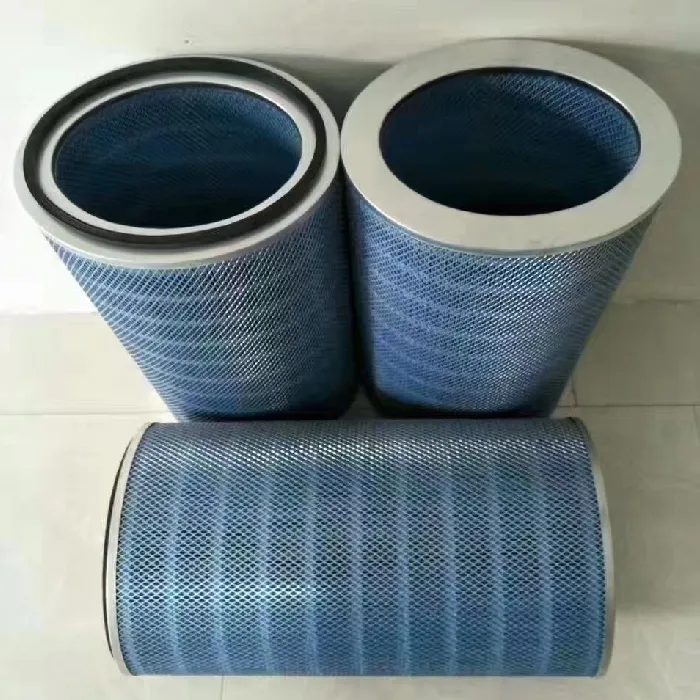10 月 . 03, 2024 02:07 Back to list
Innovative Applications of Infrared Reflecting Glass in Modern Architecture and Energy Efficiency
The Innovations and Benefits of Infrared Reflecting Glass
Infrared reflecting glass, often referred to as IR reflective glass, is a remarkable technological advancement in the realm of building materials. This specialized glass has been designed to reflect infrared radiation while allowing visible light to pass through. As concerns about energy efficiency and environmental sustainability continue to grow, the importance of materials like infrared reflecting glass becomes increasingly apparent, especially in the construction and architecture industries.
One of the primary benefits of infrared reflecting glass is its ability to significantly reduce heat transfer. In buildings, excessive heat gain from sunlight can lead to increased reliance on air conditioning systems, resulting in higher energy consumption and increased utility costs. By utilizing infrared reflecting glass in windows and facades, architects and builders can mitigate this heat gain. The glass reflects a considerable portion of infrared radiation, keeping the interiors cooler even in hot climates. This energy efficiency not only contributes to lower energy bills but also reduces the carbon footprint of buildings, aligning with global efforts to combat climate change.
In addition to energy efficiency, infrared reflecting glass enhances the overall comfort of indoor spaces
. With reduced heat gain, indoor environments remain more stable in temperature, providing a more comfortable atmosphere for occupants. Moreover, because the glass permits natural light to enter while blocking excessive heat, spaces feel brighter and more vibrant, which can positively impact mood and productivity.infrared reflecting glass

Another crucial advantage of infrared reflecting glass is its ability to improve UV protection. Traditional glass allows a significant amount of ultraviolet (UV) radiation to pass through, which can lead to fading of furnishings, artwork, and other valuables. Infrared reflecting glass, on the other hand, reflects a portion of UV rays, providing an added layer of protection for the interior environment. This characteristic not only preserves the aesthetic qualities of interiors but also contributes to the longevity of materials and furnishings.
Furthermore, the aesthetic versatility of infrared reflecting glass cannot be overlooked. It is available in various tints, colors, and finishes, enabling architects and designers to create visually appealing structures without compromising energy performance. The sleek appearance of IR reflective glass can enhance the architectural beauty of a building, contributing an element of modernity while promoting sustainability.
As urban areas continue to expand and the demand for energy-efficient solutions rises, the adoption of infrared reflecting glass is likely to grow. Its integration into residential, commercial, and industrial applications can lead to smarter design choices that prioritize both energy efficiency and aesthetic value.
In conclusion, infrared reflecting glass represents a significant leap forward in building materials. By reflecting infrared radiation while allowing visible light to filter through, it addresses critical needs in energy efficiency, comfort, UV protection, and design versatility. As society moves towards more sustainable living practices, the role of innovative materials like infrared reflecting glass will be pivotal in shaping the future of architecture and construction, paving the way for greener, smarter buildings.
-
Wired Glass: A Strong and Secure Glass Solution for Various Applications
NewsNov.04,2024
-
Tinted Glass: A Stylish and Functional Choice for Modern Homes
NewsNov.04,2024
-
The Elegance and Versatility of Silver Mirrors
NewsNov.04,2024
-
The Advantages of Copper Free Mirrors
NewsNov.04,2024
-
Tempered Glass: A Reliable Choice for Modern Applications
NewsNov.04,2024
-
Pattern Glass: Stylish and Functional Glass for Modern Design
NewsNov.04,2024
Related PRODUCTS














